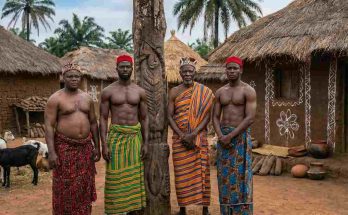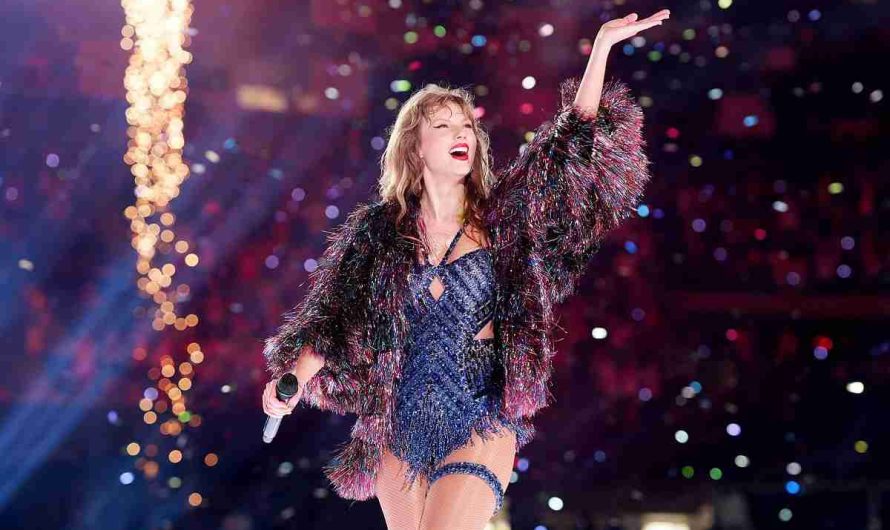
December is one of the most popular months of the year and probably the month with the highest number of global celebrations. It is also a pretty fun month too.
The month of December is filled with all manner of global events and commemorations including those of religious, cultural, and corporate origin.
This article explores the complete list of holidays celebrated globally in December and their symbolism:
1. World AIDS Day
World AIDS Day is celebrated on December 1. It was first started in August 1987 by James W. Bunn and Thomas Netter who were working as Public Information Officers for the World Health Organization’s Global Program on AIDS. This holiday is marked to raise awareness on the spread of HIV/AIDS as well as show support for people living with and affected by HIV.
It is also celebrated to remember those who have lost their lives to AIDS and to highlight the urgent need to end the inequalities that drive AIDS and other pandemics around the world. There are numerous ways to commemorate the day and they include visiting people living with the disease, sponsoring safe sex awareness campaigns, etc.
2. St. Nicholas Day
Saint Nicholas day, also called the Feast of Saint Nicholas, is observed on December 6. It is a yearly celebration of the life of Saint Nicholas of Myra who inspired the modern-day figure of Santa Claus.
Nicholas of Myra also known as Saint Nicholas was a 4th Century Bishop whose stories of his generosity and devotion to the poor formed the rise of the contemporary figure of Santa Claus. The celebration of St Nicholas Day comes with a time to reflect on that spirit of giving and caring for others, exchanging gifts and surprising loved ones.
3. Hanukkah
Hanukkah is also known as Chanukah and The Festival of Lights. Hanukkah or Chanukah is an eight-day Jewish celebration that commemorates the rededication of the second temple in Jerusalem in the second century B.C. It is always celebrated from November 28 through to December 6. It also begins on the 25th of Kislev on the Hebrew Calendar.
The celebration includes lighting candles every night throughout the eight days. Its customs also include playing with dreidels and exchanging gifts.
4. St. Lucia’s Day
St. Lucia’s Day, also called the Feast of Saint Lucy, is celebrated on December 13 in Sweden, Norway, and the Swedish-speaking areas of Finland. It is always celebrated in honour of St. Lucia, one of the earliest Christian martyrs who was killed because of her beliefs.
The festival begins with a procession led by St. Lucia’s designee followed by young girls dressed in white and wearing lighted wreaths on their heads and boys dressed in white pajamas costumes singing traditional songs.
St. Lucia’s Day is also celebrated to bring light and hope during the darkest times. Families observe St Lucia’s Day in their homes, having their eldest daughters dress in white and serving coffee, baked goods, saffron bread, and ginger biscuits to other members of the family.
5. Winter Solstice
The Winter Solstice, also called the Longest Night, happens between December 20 to December 23. However, the winter Solstice rarely happens on December 20 and 23 exact. Simply put, the winter solstice marks the shortest day and longest night of the year in the Northern Hemisphere. This usually happens twice a year but is celebrated as an annual event.
Winter Solstice has birthed several festivals and rituals across different countries. Most of the festivals involve people lighting up bonfires and candles to “lure back the sun”, spending time with loved ones, feasting, singing, and dancing.
6. Yule
Yule, also called Yuletide, is a festival celebrated by all Germans around the world on December 21 of each year. Its origin can be traced back to the Norse god Odin as well as the Anglo-Saxon festival of modernism. The Yuletide festival falls into the Winter Solstice period, making it one of the oldest and most popular celebrations in the world.
It is celebrated by lighting a huge bonfire and spending long nights outside with candlelight dinners, Yule tree decorations, and the exchange of nature-based gifts.
7. Festivus
Festivus is a global December holiday celebrated on December 23, particularly in the United States. The holiday came to light in 1977 following an episode on the Seinfeld show “The Strike”. The main purpose of this holiday is to speak out against Christmas consumerism.
Festivus Holiday is very common among frugal spenders and minimalism advocates and it is marked by mounting a plain aluminium pole, having a “Festivus dinner” followed by a family gathering where members air out their grievances.
8. Christmas
Christmas is the most popular global holiday celebrated in the month of December. It is usually celebrated on the 25th of December with the sole purpose of commemorating the birth of Jesus Christ.
Though the actual date of Jesus Christ’s birth is unknown, the Christmas date was picked because it corresponds with the Winter Solstice in the Roman calendar. Christmas Day celebrations and styles vary around the world for different reasons, either religious or cultural.
Americans celebrate Christmas by meeting Santa Claus and dreaming of snowy landscapes while Australians celebrate Christmas camping or going for a vacation at the beach. In Nigeria, Christmas is often celebrated by exchanging gifts, cooking a large dish of rice and chicken and inviting family and friends to a feast.
9. Boxing Day
Boxing Day is celebrated on December 26, the day after Christmas. The celebration originated in the United Kingdom in the Middle Ages but has now turned into a global event, receiving close popularity as Christmas.
It is believed that Boxing Day is the official day when churches give boxes of alms to the poor after Christmas. Others consider it as the day to give errand boys, postmen, and all kinds of servants, gifts in appreciation for their service throughout the year.
Irish people celebrate Boxing Day as St. Stephen’s Day and it has a tradition called “Hunt of the Boys”. This tradition allows boys to parade through the city tying a fake rain to a pole. The Bahamas mark Boxing Day by setting up a street parade and celebrating a festival called Junkanoo.
In some parts of Nigeria and Africa, Boxing Day is celebrated as a literal day of boxing. It is not uncommon to see children setting up ram or chicken fights and sometimes also involving people, just for fun.
10. Kwanzaa
Kwanzaa is an African-oriented festival celebrated from 26th December to January 1st. The festival is often marked with songs and dances, storytelling, poetry readings, discussions about African values and culture. These events always end with a large traditional meal and a mega feast called “Karamu” on December 31st.
11. New Year’s Eve
New Year’s Eve is celebrated on the 31st of December, the last day of the year. The main purpose of celebrating New Year’s Eve is to mark the end of the old year and usher in the new year.
There are many ways to celebrate New Year’s Eve. Most people visit their various places of worship to thank God for another year, others visit restaurants or attend parties or other kinds of social gatherings. Some people spend New Year’s Eve with their family and family, enjoying the display of fireworks.


